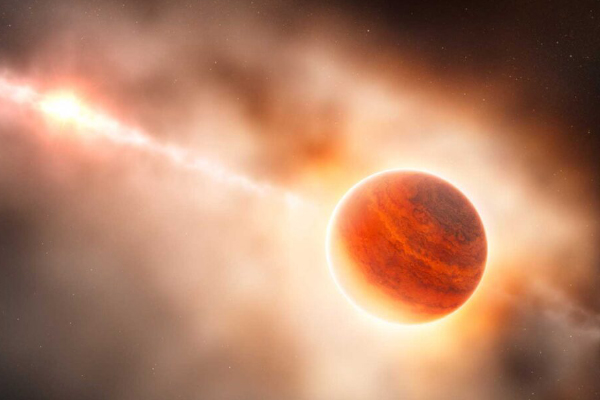Planets form in disks of dust and gas called protoplanetary disks that whirl around a central protostar during its final assembly. Although several dozens of such disks have been imaged, just two planets have been caught in the act of forming so far. Now, astronomers are aiming the powerful instruments aboard the James Webb Space Telescope at protoplanetary disks to try to find early clues about the ways in which planets form, and how these planets influence their natal disk.
A trio of studies led by the University of Michigan, University of Arizona and University of Victoria combined JWST’s images with prior observations made by the Hubble Space Telescope and the Atacama Large Millimeter Array, or ALMA, in Chile. In the papers, published in The Astronomical Journal, the researchers pieced together previously unseen interactions between the planet-forming disk and the envelope of gas and dust surrounding the young stars at the center of the protoplanetary disks.

